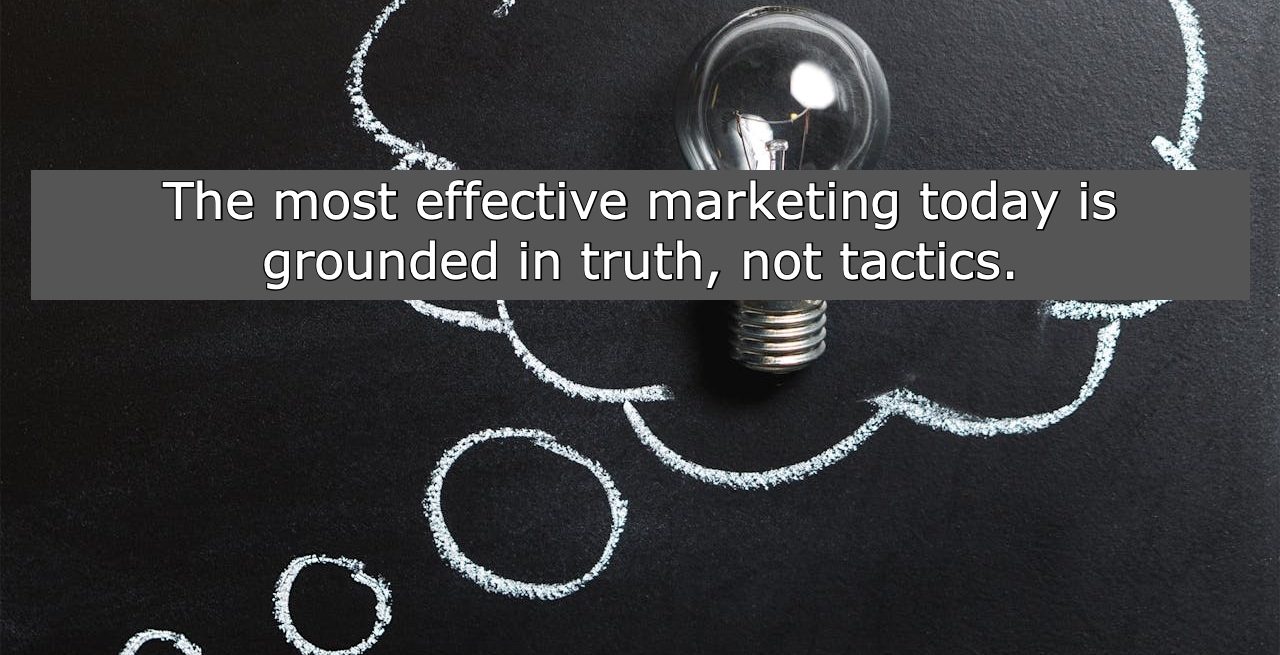Brand vs. Buzz: How to Evolve Without Losing Your Brand Soul
4 Min Read By Kevin Flaherty
The pressure to reinvent is constant. Scroll through your feed, and it’s clear: brands are launching flashy LTOs, creating meme-worthy menu hacks, and building entire campaigns around the trend of the moment. There’s nothing inherently wrong with this approach, as attention is indeed a form of currency. However, when buzz becomes the only strategy, brands risk losing the very thing that makes them worth remembering.
As someone who’s worked across industries and spent more than two decades in the marketing world, I’ve seen what happens when brands chase relevance without intention. Short-term spikes in visibility don’t always translate into long-term loyalty. What does? A clear sense of identity and the discipline to grow around it, not away from it.
At Taco John’s, we’re not trying to be everything to everyone. We know who we are, a brand with over 50 years of history rooted in bold flavors, premium ingredients, and a touch of small-town charm. Our guests love us for our…
Sorry, You've Reached Your Article Limit.
Register for free with our site to get unlimited articles.
Already registered? Sign in!


